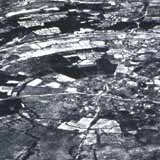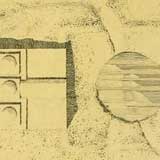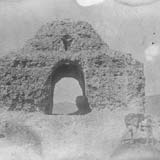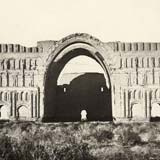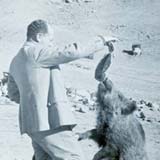Few Sasanian architectural monuments still stand today, and others have yet to be excavated. Structures built of mud brick have decayed over time. Those buildings that do remain speak to a grand and original architectural scheme for Sasanian cities.
Firuzabad, the first known Sasanian city, was built by the Sasanian king Ardashir (reigned 224–241 CE). Its distinctive circular plan, the focal point of the empire, probably served a symbolic as well as a practical purpose, and it later became the model for the plan of Baghdad in the eighth century. Ctesiphon, another important capital, was built near modern Baghdad on the site of earlier Parthian and Seleucid cities. Its famous Taq-i Kisra (Arch of Khusrow) is not only the best standing example of the Sasanian monumental arch (iwan), but it is also one of the largest arches in the world.
Images of Sasanian monuments seen here are housed in the Freer and Sackler Archives, along with other resources on the archaeology of ancient Iran. Most of the images and drawings were made either by the Armenian photographer Antoin Sevruguin or by the celebrated German archaeologist Ernst Herzfeld.
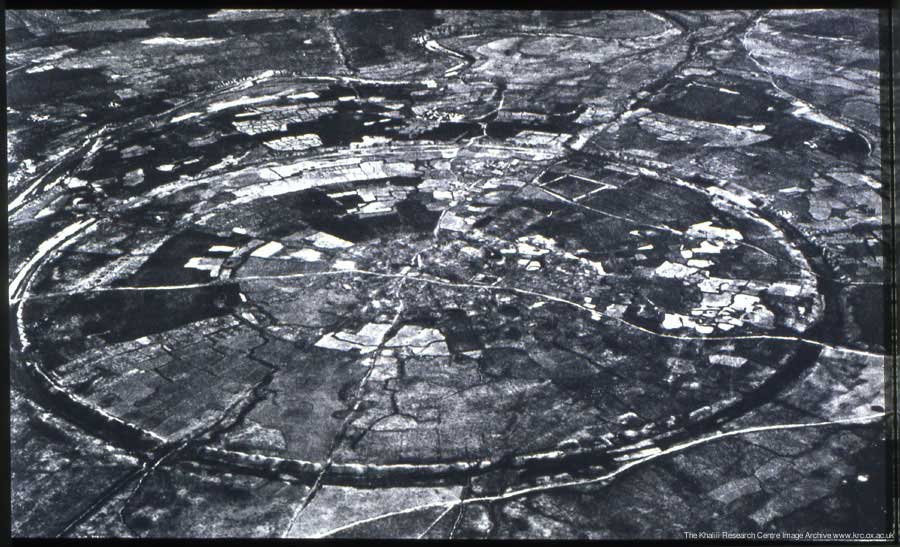
The Sasanians were known for their circular city plans, such as that of Firuzabad. The circular plan symbolized the structure of Sasanian society, with the ruler at the center.
Photograph, 1936
IAA Teaching Archive at The Khalili Research Centre, University of Oxford
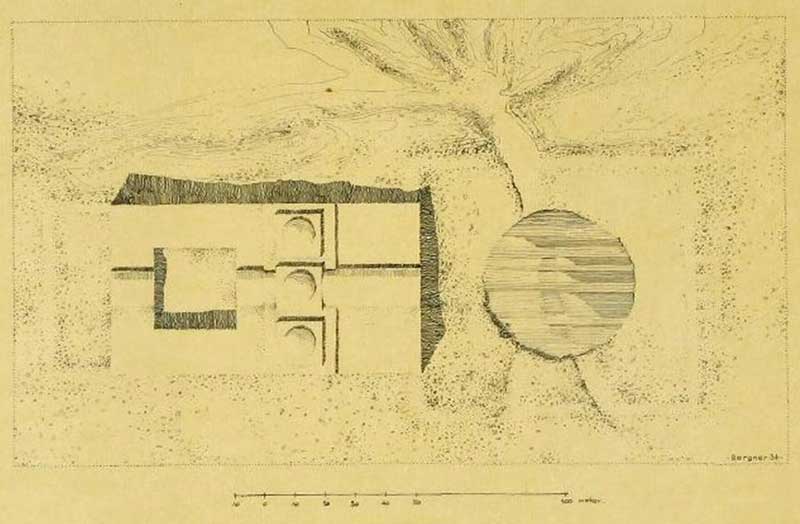
Although in ruins today, the palace of Ardashir I at Firuzabad is an important example of Sasanian architecture. Built for the first king of the Sasanians, its style endured into the seventh century.
Karl Bergner
Iran, 1934
Blueprint
Ernst Herzfeld Papers, FǀS Archives D-1435

This rare, standing fire temple provides a glimpse of Sasanian religious architecture. Zoroastrian priests maintained a flame within the temple as part of their religious observations.
Iran
Photographic glass plate negative
Ernst Herzfeld Papers, FǀS Archives 2035

The Taq-i Kisra, or Arch of Khusrow, was the royal palace at Ctesiphon, near the center of the Persian Empire. The monumental arch, a typical element of Sasanian architecture, still appears in Iranian buildings today.
Antoin Sevruguin (late 1830s–1933)
Iraq, 1880s–1890s?
Photographic glass plate negative
FǀS Archives, Folder 16.3
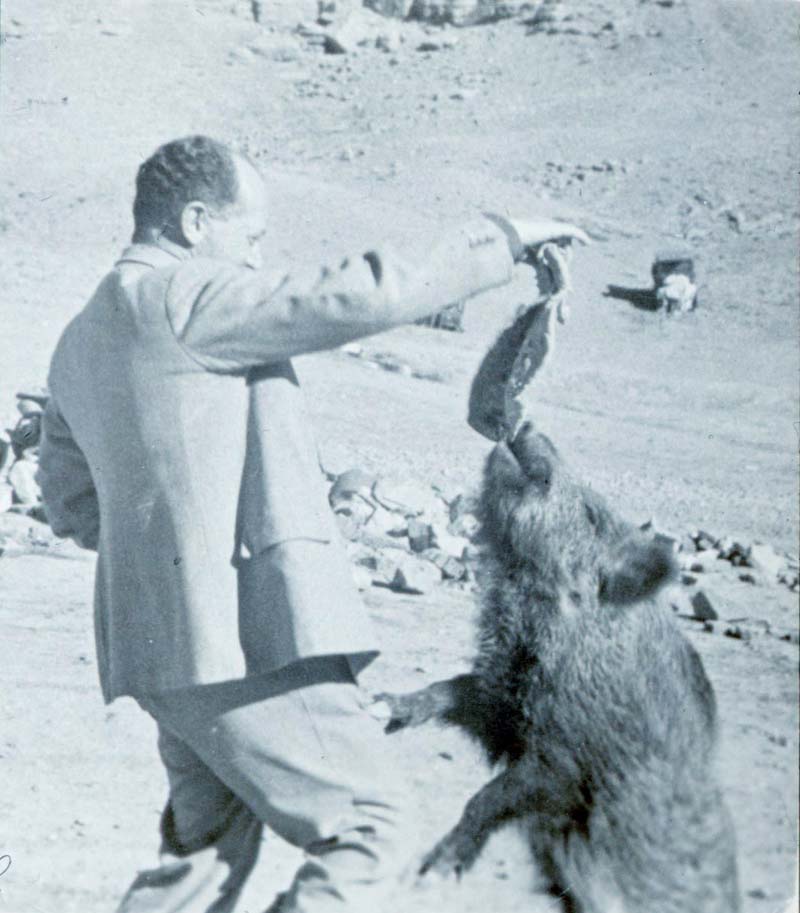
Ernst Herzfeld was a celebrated archaeologist of ancient Iran. He had a pet boar named Bulbul (Nightingale in Persian) while working at excavations in Iran in the early twentieth century. Herzfeld’s archives at the Freer and Sackler Galleries are a valuable repository of photographs and documents.
Iran, Persepolis
Photograph
Ernst Herzfeld Papers, FǀS Archives, 65c


